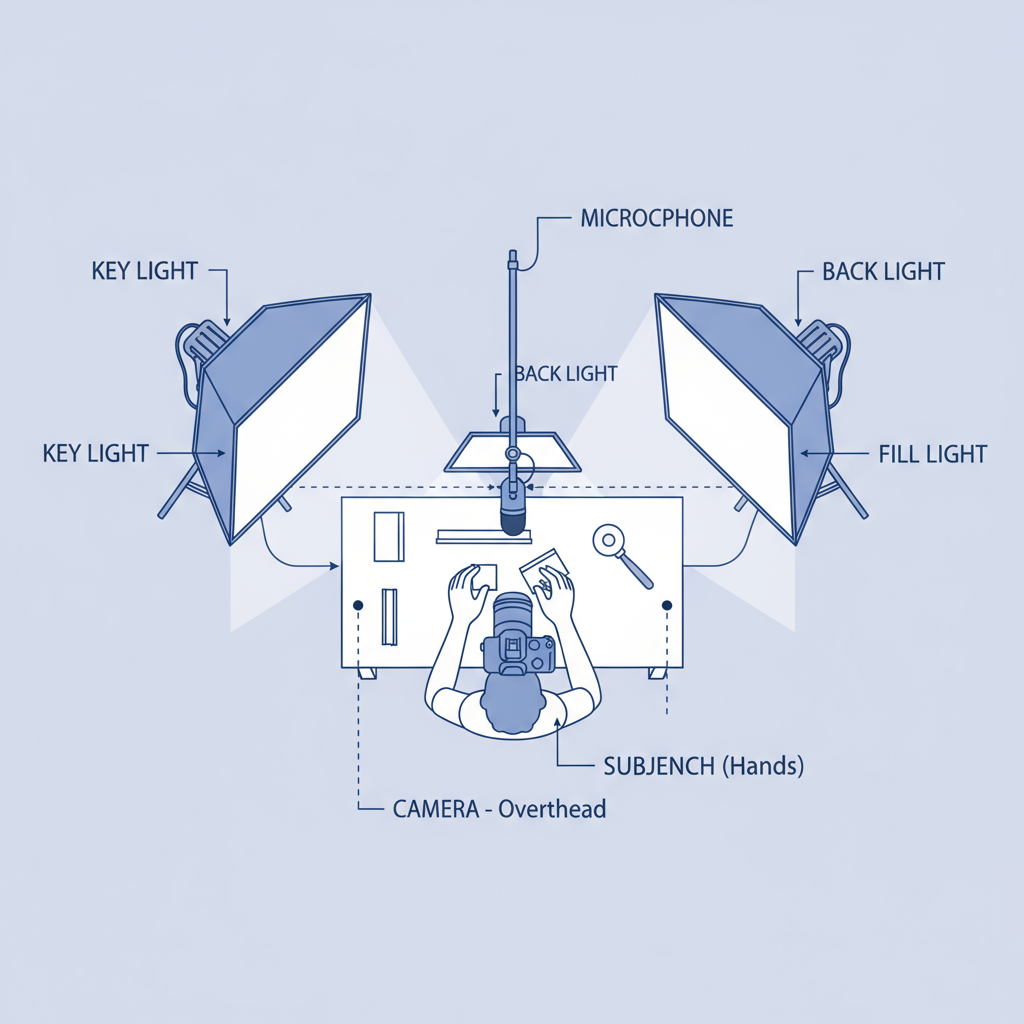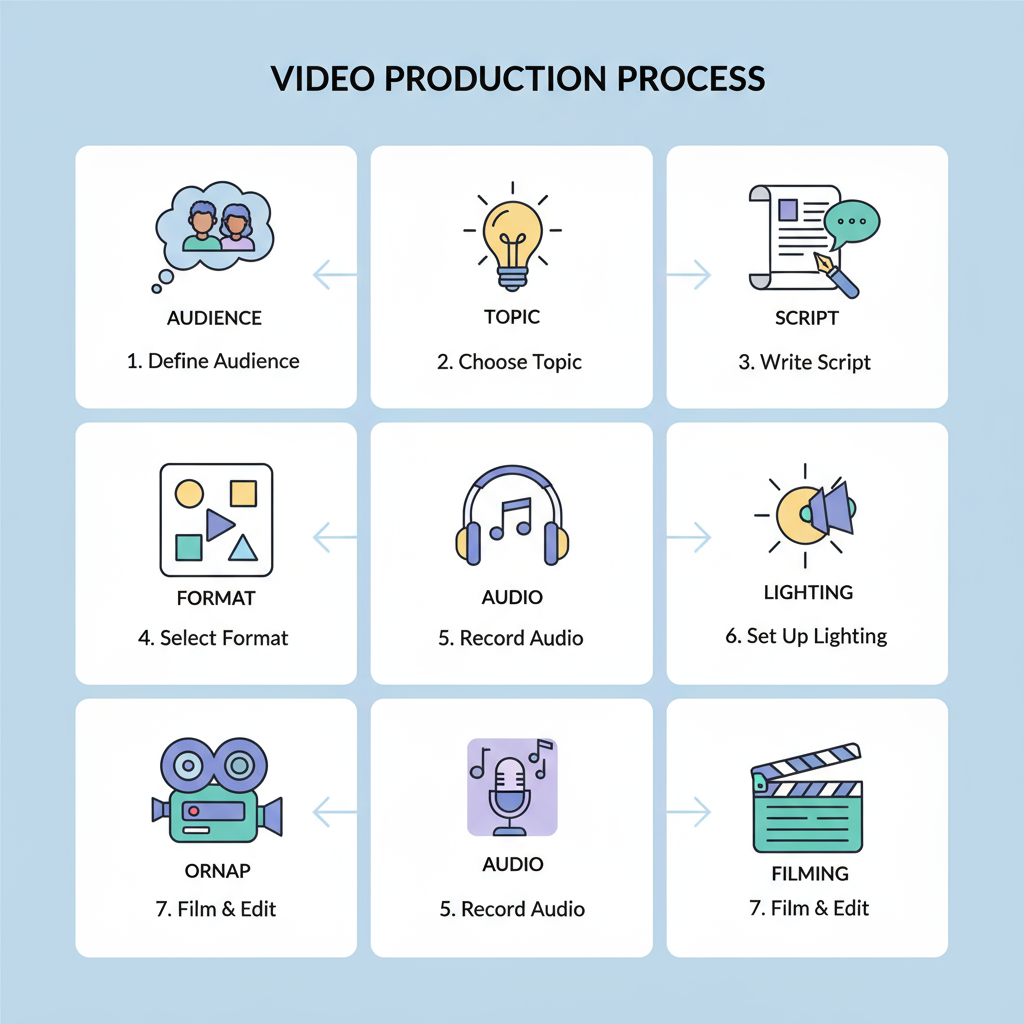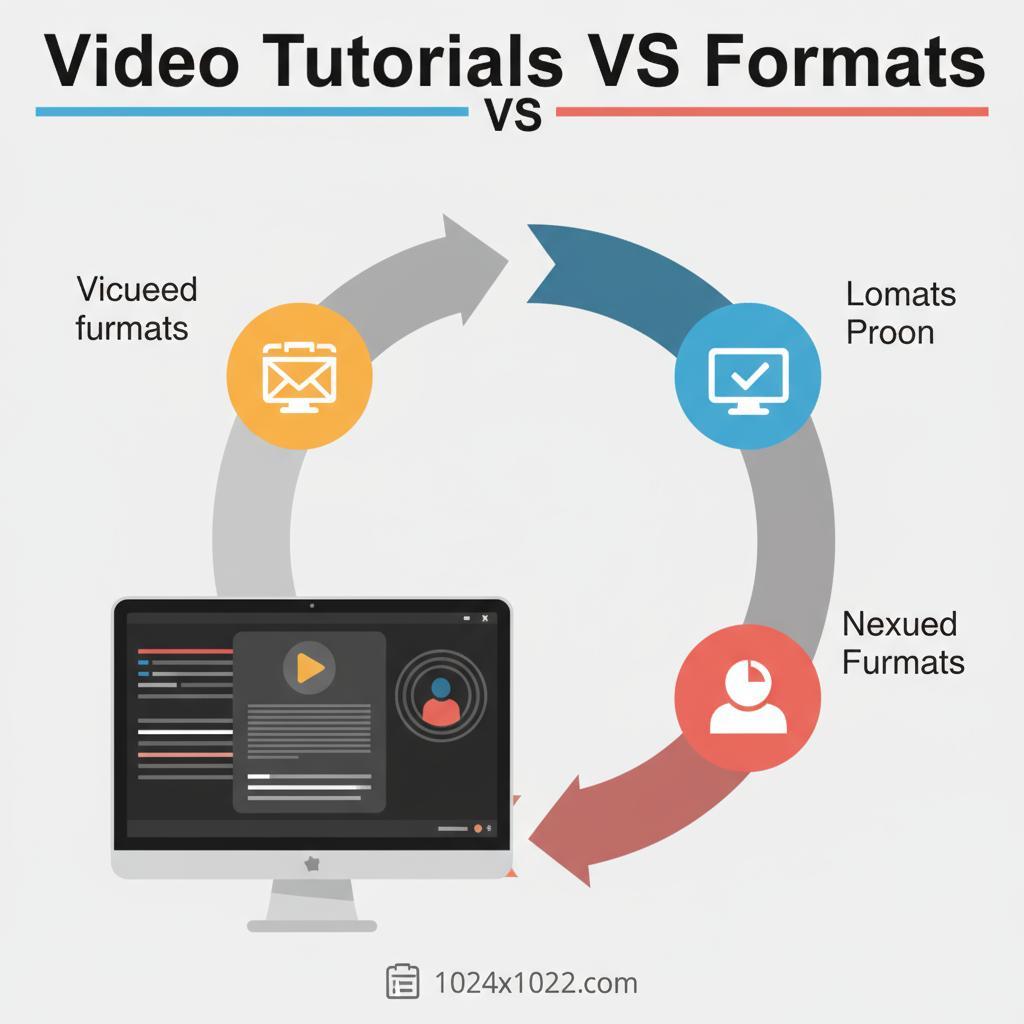How to Create Engaging Videos of How to Do Anything
Learn how to plan, produce, and optimize step-by-step tutorial videos with clear scripts, quality visuals, and audio to engage your audience.

How to Create Engaging Videos of How to Do Anything
Creating compelling videos of how to do something is one of the most effective ways to share skills, teach techniques, and build authority in your niche. Whether it's coding, cooking, crafting, or fixing household items, success comes from delivering clear, engaging, and well-structured content that resonates with your viewers. This guide will show you how to plan, produce, and optimize step-by-step demonstration videos that keep audiences watching and help you boost visibility.

---
Define Your Target Audience and Their Skill Level
Before picking up a camera or hitting record, identify who you're making your video for.
- Experience level: Are they complete beginners or seasoned professionals?
- Demographics: Age, location, and primary language can influence tone and examples.
- Preferred learning styles: Visual learners benefit from diagrams, while auditory learners need strong narration.
When you understand your audience, you can tailor the complexity, terminology, and pacing of your tutorial for maximum impact.
---
Choose a Clear Topic and Narrow Scope
Focus on one specific skill or task rather than trying to cover too much — overcrowded videos overwhelm viewers and dilute your SEO value.
Examples:
- Instead of "How to Bake Bread", focus on "How to Bake a Basic Sourdough Loaf".
- Instead of "Python Basics", choose "How to Read a CSV File in Python".
A sharp focus makes your videos of how to do something easier to follow and more discoverable in search.
---
Plan a Detailed Step-by-Step Script
A script or outline keeps your tutorial logical and concise. Include:
- Introduction — What will they learn and why it’s valuable.
- Materials/tools — List them early to avoid interruptions.
- Step-by-step actions — Write in short, actionable sentences.
- Closing — Recap points, encourage further action (subscribe, try it).
Sample Script Snippet
INTRO: "In this video, I'll show you how to bake a basic sourdough loaf at home. You'll only need four ingredients and a kitchen scale."
STEP 1: "Combine flour and water in a large mixing bowl."
STEP 2: "Let the mixture rest for 30 minutes."
...
OUTRO: "You've just learned the basics of sourdough. Try this recipe and share your results in the comments."---
Select the Right Format
Pick the presentation style that best suits the task and your viewers.
| Format | Best For | Pros | Cons |
|---|---|---|---|
| Screen Recording | Software tutorials, coding | Crisp capture of step-by-step actions | Can be dull without camera presence |
| Live Demonstration | Physical tasks like cooking or DIY | Shows realistic handling and tools | Requires good lighting and space |
| Animation | Concept explanation, technical subjects | Engaging visuals, no need for physical setup | Time-consuming to produce |

---
Ensure High-Quality Audio and Clear Narration
Good audio is just as important as visuals. Poor sound quality can make an otherwise excellent tutorial unwatchable.
Tips:
- Use an external microphone instead of your camera's built-in mic.
- Record in a quiet environment to minimize background noise.
- Speak at a moderate pace, articulating clearly.
- Post-process audio to remove noise and balance levels.
---
Use Good Lighting and Steady Framing
For live demonstrations, lighting and framing are key factors in clarity.
- Lighting: Use soft, diffused light to avoid harsh shadows.
- Framing: Keep the main subject centered and avoid unnecessary movement.
- Stabilization: Use a tripod or camera mount.
Poor lighting and shaky footage drive viewers away quickly.
---
Add Text Overlays or Callouts
Text overlays reinforce key points and steps.
- Callouts: Highlight shortcuts in software tutorials.
- Labels: Identify tools or ingredients.
- Highlight boxes: Draw attention to critical screen areas.
This extra visual layer helps improve retention and comprehension.
---
Keep Pacing Consistent
Break tasks into small, digestible segments, each covering one micro-step.
Why it works: Consistent pacing prevents cognitive overload and makes it easy for viewers to pause or rewind specific sections.
---
Edit for Clarity
Editing turns raw footage into a polished, professional tutorial.
Editing Checklist:
- Trim unnecessary pauses.
- Add smooth transitions between steps.
- Zoom or crop to emphasize key details.
- Balance audio levels for consistent volume.
Clean editing raises your authority and keeps viewers engaged throughout.
---
Include Timestamps or Chapter Markers
Timestamps let viewers skip directly to desired sections.
Example in YouTube description:
0:00 Introduction
0:30 Materials Needed
1:15 Step 1: Preparing the dough
3:45 Step 2: Letting it rise
...Chapter markers make your videos of how to do something more user-friendly and valuable for returning audiences.
---
Optimize Video Title, Description, and Tags for SEO
Use effective video metadata to help search engines index your content.
- Title: Include the primary keyword naturally (e.g., "How to Bake Bread – Easy Videos of How to Do It").
- Description: Offer a concise summary and weave in relevant keywords.
- Tags: Add related search terms discovered from keyword research tools.
---
Embed Videos in Blog Posts for Extra Reach
Pairing your videos with blog content increases visibility.
Benefits:
- Boosts time-on-page, aiding SEO.
- Gives readers multiple ways to engage with the material.
- Encourages sharing and generates backlinks.
---
Gather Feedback and Track Metrics
Watch analytics to understand performance:
- View count — Indicates reach.
- Watch time — Shows engagement and content quality.
- Comments & likes — Reflect audience sentiment.
Insights from feedback help refine future videos.

---
Update and Improve Videos
Respond to questions and feedback by updating content. Address unclear steps, improve visuals or audio, and keep information current to extend the life of your videos.
---
Summary and Next Steps
Producing engaging videos of how to do anything requires careful planning, clear communication, and ongoing refinement. By defining your audience, narrowing the focus, choosing the right format, and polishing both visuals and audio, you can craft tutorials that teach effectively and perform well in search results.
Start creating your own high-quality demonstration videos today — and watch your influence, audience, and traffic grow.




